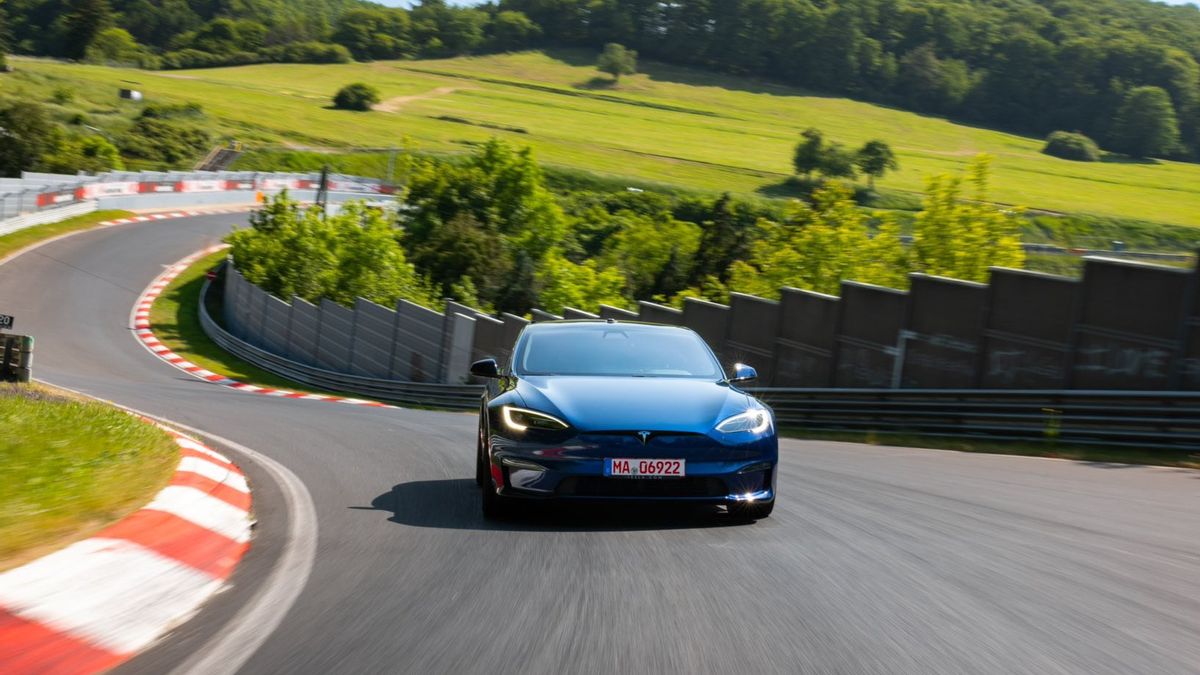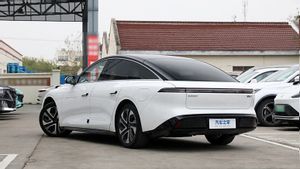Electric car companies such as Tesla and its competitors are innovating on their vehicles with a focus on efficiency, including reducing the use of copper. According to industry analysts, this change could limit the growth in copper demand when the latest generation of electric cars began to be used on highways.
The rapid increase in electric car sales, especially in China, means copper demand will continue to grow until the end of the decade. However, innovation in electric cars has become a limiting factor, as said in the two latest forecasts.
Copper has been considered one of the important components in the green energy transition, one of which is because of the cables needed for electric cars. Electric cars can use up to 80 kg (196 pounds) of copper, four times more than cars with regular internal combustion engines.
In its latest report, Goldman Sachs revealed that electric cars accounted for two-thirds of last year's global copper demand growth.
According to Goldman Sachs and CRU Group consultants, electric car and battery manufacturers have found ways to reduce production weight and costs, which also means less use of copper per vehicle.
The CRU Group lowered its forecast for the use of copper in one electric car to an average of 51-56 kg between this year and 2030. This figure is lower than the previous estimate of 65-66 kg in the same period.
Goldman Sachs estimates that the average use of copper in one electric car will drop to 65 kg per vehicle by 2030, compared to the previous estimate of 73 kg last year.
Both highlight a series of engineering changes aimed at increasing travel distance, reducing weight, and increasing the efficiency of electric cars which will overall reduce the use of copper.
Changes in this technique include shifting to more compact batteries where cells do not need to be linked to modules, the use of thinner copper foils in battery cells, and the use of higher voltage systems that would require less cables.
VOIR éGALEMENT:
"Tesla hopes that by switching to a 48-volt system for secondary batteries - smaller batteries used for functions such as lighting and wipers - in future electric cars, copper demand can be reduced to a quarter of the current rate," Elon Musk told investors in May.
Goldman Sachs called the innovation in batteries and the potential shift to the higher voltage system Tesla is a "major threat to the demand for copper for electric cars."
They expect the demand for copper for electric cars to reach 1 million metric tons this year and 2.8 million metric tons by 2030. Previously, they projected a demand for 3.2 million metric tons of copper from electric cars by 2030.
However, the higher penetration of electric cars has succeeded in overcoming the reduction in the use of copper in each unit.
CRU says that by 2030, electric cars and plug-in hybrid cars will cover 42% of total car sales worldwide, up from the previous estimate of a third.
Edwards of the CRU said that some who are optimistic about copper may have underestimated the potential of electric car manufacturers in presenting technology that reduces the use of copper.
The three-month benchmark copper price at the London Metal Exchange hit a record $10,845 per metric ton in March 2022, partly due to positive demand for electric cars, but has fallen by nearly a quarter since then.
The English, Chinese, Japanese, Arabic, and French versions are automatically generated by the AI. So there may still be inaccuracies in translating, please always see Indonesian as our main language. (system supported by DigitalSiber.id)













